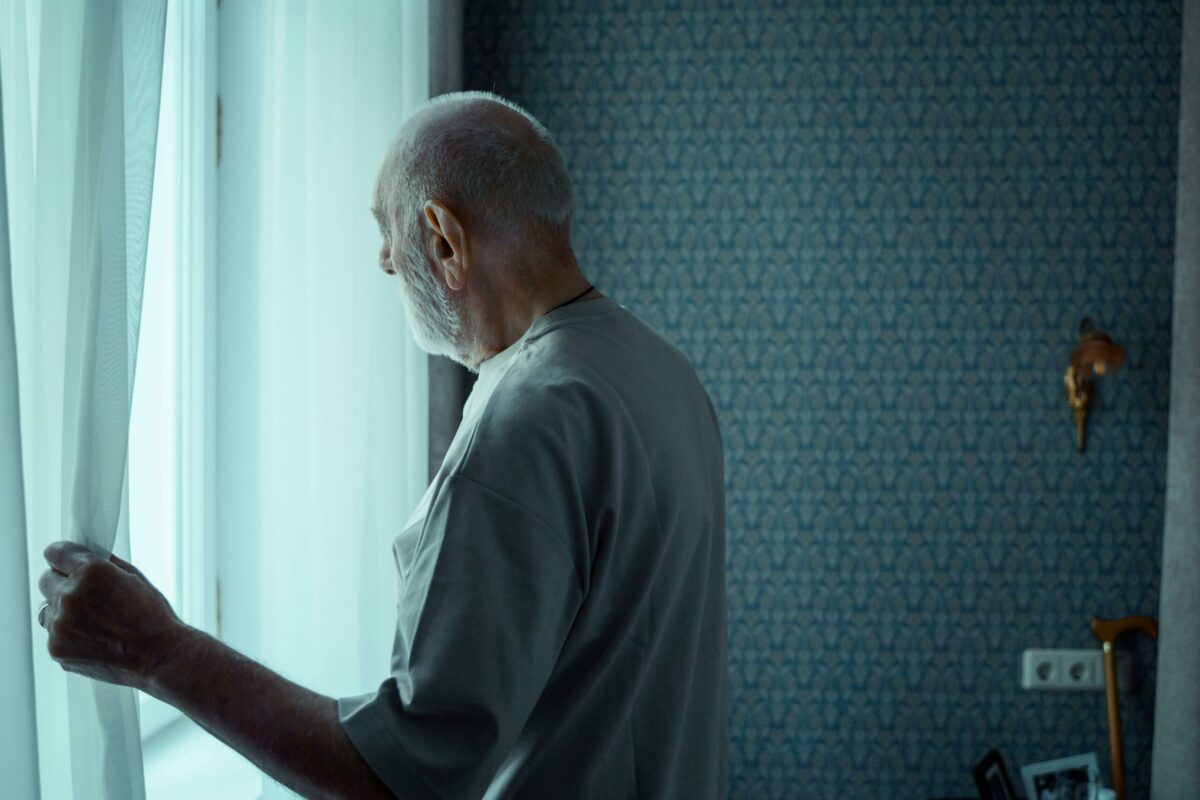Barbara Woodruff is an average American retiree living in St. Louis, Missouri.
After experiencing significant financial hardship during the recession, Woodruff felt compelled to retire at age 62 to secure income. Having worked a low-income position for many years — and at times, being unable to work due to health problems — her earnings-based benefit sits at just $633 per month.
That’s less than half of the average monthly Social Security benefit. And it’s 100% of her income during retirement.
On just $633 per month, Woodruff has learned how to pay for housing and groceries. To make ends meet, she relies heavily on subsidized housing and financial assistance. After that, whatever is left goes toward the medications she needs to stay healthy.
Though she has found a way to stretch her income far enough to take care of the essentials in her life, she hasn’t done so without sacrifices. She doesn’t own a car. She doesn’t go out to eat. She isn’t able to have an active social life (she says it’s “non-existent”).
She also isn’t able to visit her brother who lives in a home for the developmentally challenged just two hours away. To do so, she would have to rent a car, and her limited budget doesn’t allow for it. She’s only able to do so for emergencies.
This is Barbara’s retirement story — and it’s nowhere near unusual. In fact, 45% of single beneficiaries like her depend on Social Security alone for at least 90% of their retirement income.
So, what’s it like living on Social Security alone? Ask Barbara Woodruff — she’ll tell you.
America’s seniors deserve better than this.



